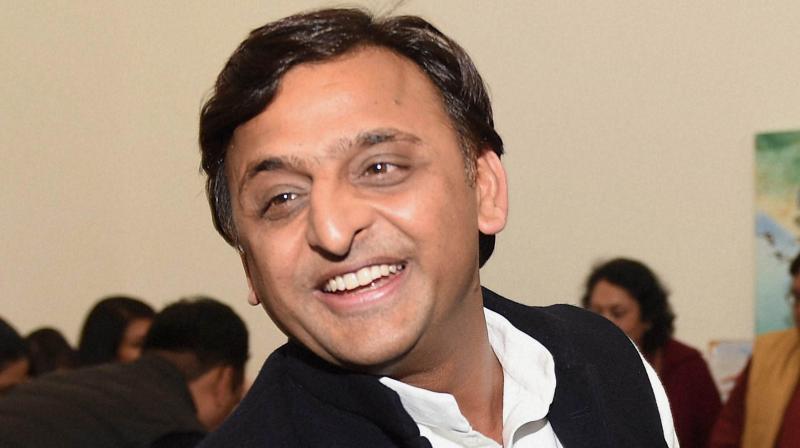In SP case, EC went by the book; give kudos
As per para 15, the EC can decide in favour of any faction or freeze the symbol.

After nearly two weeks’ dramatic developments over the split in the Samajwadi Party and the claims of the two factions, the Election Commission delivered its verdict in favour of Uttar Pradesh chief minister Akhilesh Yadav. One newspaper headline screamed: “Election Commission gifts Samajwadi Party & cycle symbol to Akhilesh Yadav”. Some eyebrows were raised about EC’s disposal of the case in a record time of less than two weeks. Some even tried to look for motives. All that is a great deal of distortion of facts and a lot of interpretation. We need to understand the law, its processes and the practice followed by the commission in the past. The split in a political party is a subject under the Election Symbols (Reservation and Allotment) Order 1968, which gives the EC exclusive power to decide on the split. As per para 15, the EC can decide in favour of any faction or freeze the symbol. The EC has not “gifted” the name of the party and its symbol to Akhilesh Yadav, but has only adjudicated in his favour.
The procedure that the EC followed was exactly as it has always done. Before 1968, the commission issued notifications and executive orders under the Conduct of Election Rules 1961. The best-known split before the order was in 1964 when the Communist Party split and one faction approached the EC not to recognise it is the real party, but with a new name — the Communist Party of India (Marxist). The EC did not have to wait long after the 1968 order. Within a year, there was a split in the Congress when the old guard, known as the Syndicate, expelled then Prime Minister Indira Gandhi for not supporting the official candidate for President of India. Indira Gandhi did not claim the ownership of the parent body but got her group recognised as the new Congress (I), while the other group was named Congress (O). Indira was given the symbol of “cow and calf”, while the latter was allowed to retain the pair of bullocks (Sadiq Ali vs Election Commission of India, 1972). The most significant aspect of this judgment is that the Supreme Court upheld para 15 of the Symbols Order, deriving its authority from Article 324, which gives a reservoir of powers for all matters relating to “superintendence, direction and control of all elections”.
After 1971, Indira faction was recognised as the real Congress and allowed to retain the cow and calf symbol. The Congress split again in 1978. On this occasion, the cow and calf was frozen and Indira chose the “hand” as the party symbol, the other faction opting for charkha. After M.G. Ramachandran’s death, two factions of the AIADMK emerged — one under his wife Janaki and the other under Jayalalithaa. The EC refused to recognise either of the two factions and froze the party’s “two leaves” symbol. Later, the two factions merged under Jayalalithaa and she got back “two leaves”. In 1994, N. Chandrababu Naidu was allowed to retain the cycle symbol. Thus there are precedents when the original symbol was frozen or alotted to one faction, depending on the support they enjoyed. In all these cases, the EC has applied the test of majority, which had been upheld by the Supreme Court as early as 1972. In the current case, the EC found a clear majority with the Akhilesh faction, which had produced evidence of almost 90 per cent support both in the organisation and in the legislatures.
Was the EC’s decision taken in haste, that too for some inexplicable reason? Not at all. The EC is an efficient organisation known for its impartiality and quick decision-making. What facilitated the quick decision was a virtual no-show by the parent group, which provided absolutely no evidence, despite repeated reminders and after being given a lot of opportunities. What helped the Akhilesh group was the prompt generation of evidence and its presentation, thanks to Ram Gopal Yadav’s enormous experience of election laws. The “anti-climax” of Mulayam Singh Yadav extending support to Akhilesh after all the battle is also not unprecedented, as clear from the above analysis. Parties have split and then remerged in the past too. Therefore, far from being frowned upon, the EC deserves kudos for its smart and timely decision.

